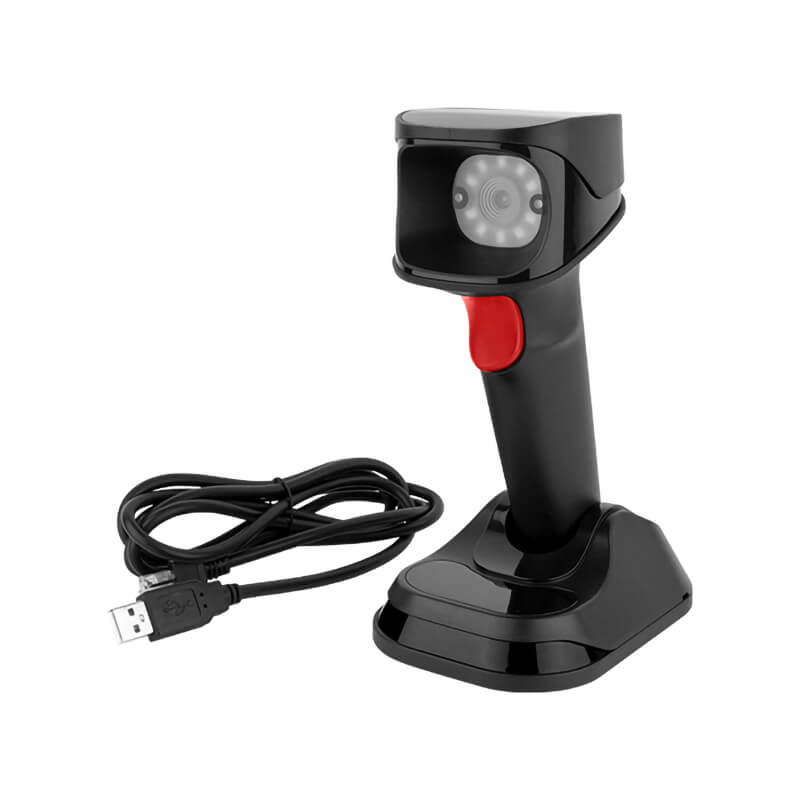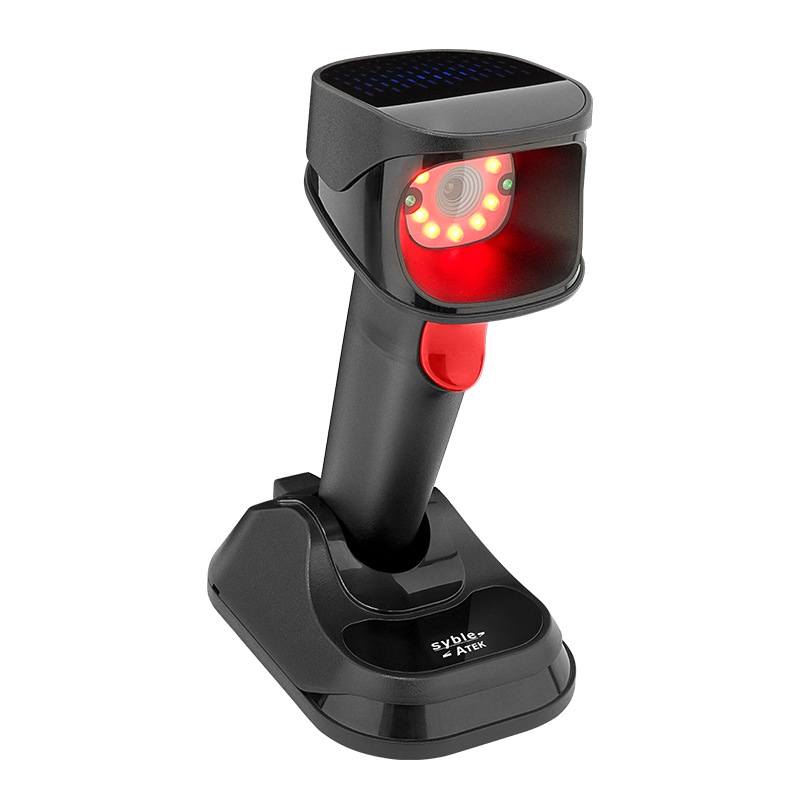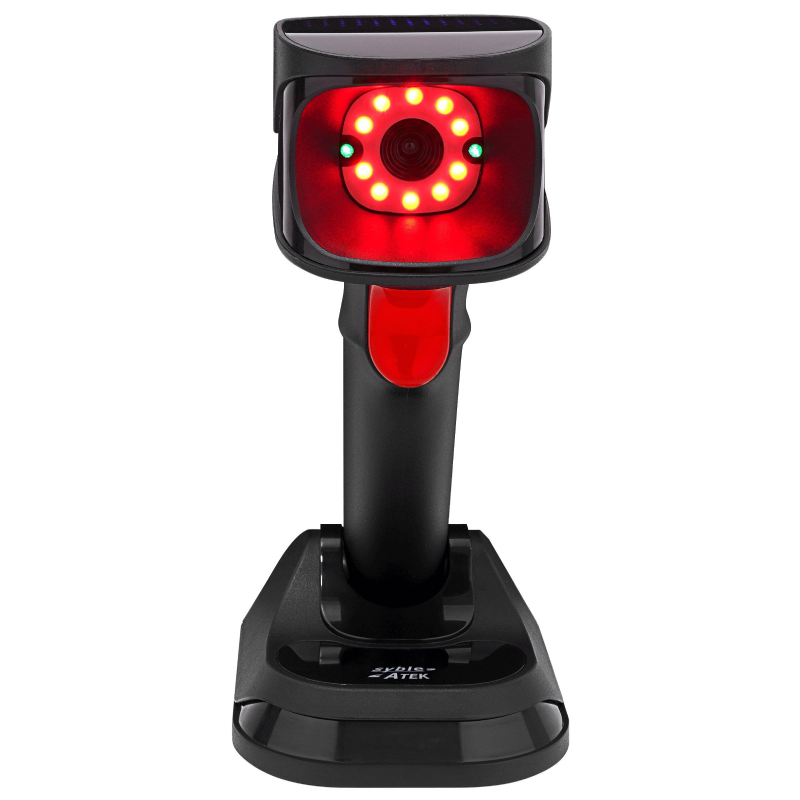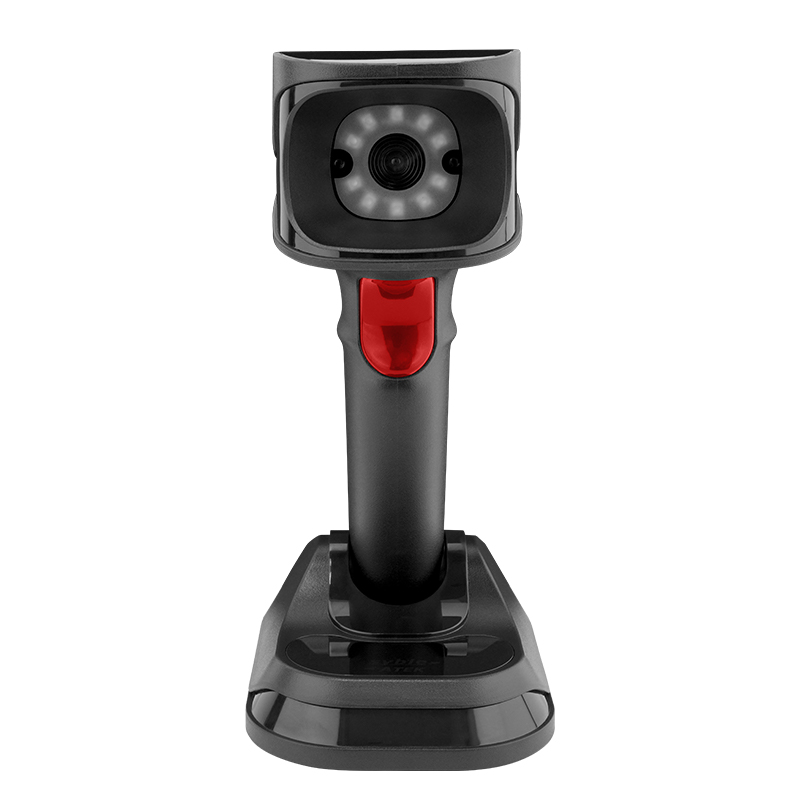In our increasingly digital world, barcodes have become an integral part of our daily lives. From the grocery store to the library, barcodes are crucial for inventory management and tracking. Handheld barcode scanners, also known as portable barcode readers, are pivotal tools for businesses and organizations to efficiently scan and decode these barcodes. This article delves into what handheld scanners are, how they work, and why the Syble AK-9000 model stands out in the market.
What Are Barcode Scanners?
A handheld barcode scanner, also simply known as a handheld scanner, is a portable electronic device specifically designed to read and decode barcodes. The term "handheld" highlights the device's portability and ease of use in various settings, distinguishing it from stationary or fixed scanners. Barcodes are graphical representations of data, typically consisting of parallel lines, rectangles, dots, or other patterns. These codes carry information such as product specifications, price, inventory numbers, and other details in a format that a barcode scanner can scan quickly and precisely.

Library Handheld Barcode Scanner
How Do Handheld Barcode Scanners Operate?
Handheld barcode scanners function by illuminating the barcode with a light source, generally a laser or LED. The light is reflected off the barcode and collected by the scanner's photosensitive sensor. The sensor then converts the reflected light into an electrical signal processed by the scanner's internal electronics. Specialized software within the scanner decodes the electrical signal into the original data stored in the barcode. This decoded data is then sent to a computer, POS system, or other appropriate device linked to the scanner, allowing for simple data entry and processing.
Exploring the Types of Handheld Barcode Scanners
There are several types of handheld barcode scanners designed to suit different applications:
Laser Barcode Scanners: These are the most common type of handheld barcode scanners. They use a laser beam to read barcodes and are known for their speed and accuracy. They are typically seen in retail, warehouses, and healthcare facilities.
Linear Imager Scanners: Linear imagers use LED lights to capture barcode data. They are commonly used in manufacturing and logistics to read broken or badly written barcodes.
2D Imaging Scanners: 2D imaging scanners can read both traditional 1D barcodes and 2D matrix barcodes, such as QR codes. They are adaptable and may be used for ticketing, mobile payments, and document management.
Corded and Cordless Scanners: Corded scanners are connected to a computer or terminal by a connection, whereas cordless scanners transfer data via wireless technologies such as Bluetooth, offering more mobility and flexibility.

Warehouse Handheld Barcode Scanner
Diverse Applications of Handheld Barcode Scanners
Here are some applications of handheld barcode scanners:
Inventory Management: Handheld barcode scanners are critical for keeping inventory records correct in retail stores, warehouses, and delivery hubs. They allow businesses to track stock levels, monitor product expiration dates, and reduce the risk of overstocking or understocking.
Order Fulfillment: In e-commerce and logistics, barcode scanners play a vital role in picking and packing orders accurately and efficiently. Workers can scan barcodes on commodities and shipping labels to guarantee that the proper things are transported to the right places.
Healthcare Records: Healthcare professionals use barcode scanners to manage patient records, reducing errors in medication administration and ensuring patient safety. Barcodes on patient wristbands and medicine labels are frequently scanned to check patient identification and the proper drugs.
Quality Control: Barcode scanners are used in manufacturing for quality control and tracking. They help ensure that products meet quality standards, and they provide a traceable history of each item's manufacturing process.
Access Control: Handheld barcode scanners are used in access control systems to verify the authenticity of ID cards, tickets, and entry passes. This is frequent in areas such as transportation, gatherings, and security facilities.
Price Verification: Barcode scanners are used by retailers to update product prices in real-time, assuring pricing accuracy and enabling easy promotional pricing adjustments.
Document Management: Handheld scanners are used in workplaces and government entities to digitize paper documents. By scanning barcodes on paper documents, they may swiftly convert them to electronic data.
Conclusion
Handheld barcode scanners, such as the Syble AK-9000, are versatile tools designed to meet the diverse needs of multiple industries. Their ability to enhance efficiency makes them invaluable in today's digital landscape. For those interested in integrating handheld scanning solutions into their operations, understanding the functionalities and benefits of devices like the SYBLE AK-9000 is essential. Visit our website for more information and discover how our products can transform your business processes.



